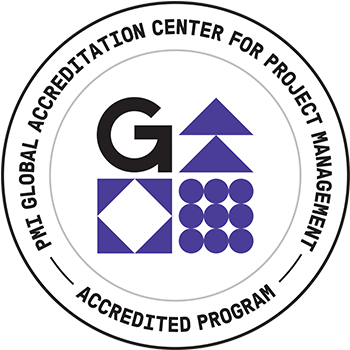
Paper and Presentation: Agile Implementation on Large-Scale Federal Projects
Abstract: The widespread success of the Agile methodology in private industry is well-documented and has resulted in great improvements in time-to-market delivery, pace of innovation, and likelihood that the end product meets the actual needs of product owners. This success has also led to the adoption of the Agile methodology in federal government programs. In most cases, government agencies and contractors are required to consider Agile as the default methodology of choice, particularly for software development projects. Most agencies have seen many of the same benefits as the private sector, but there are challenges where the Agile philosophy is at odds with the constraints of federal programs. We will address these challenges and how to deal with them, specifically in the case of government contractors executing software development projects.
Central to the Agile process is the idea that stories are constantly groomed, reprioritized, added, and removed from sprints based on feedback from previous sprints. This frequent feedback is great for refining requirements and ensuring that the development teams do not go off in the wrong direction. However, in a contracting environment, the government requires accountability. Traditionally, this has been in the form of well-defined deliverables agreed to at the start of a contract. How do we maintain the flexibility of Agile with the accountability required by the government? We will address:
- Ways to structure contract language to preserve both flexibility and accountability
- Approaches to execution that avoid contractual issues over the course of the contract
Other challenges:
- Agile dynamically reshuffles priorities sprint after sprint, but Government contracts tend to have a firm end date. How does the contractor ensure the client that future work will get done when there is a final sprint?
- The Agile philosophy assumes frequent releases, where bugs or deferred features can be addressed promptly, but most government project ATO processes require significant overhead for production releases. How does the contractor comply with ATO lead times and deliver frequent releases?
Key Takeaways
- An understanding of challenges not often addressed in the discussion of Agile methodology
- Proven approaches to dealing with the inherent challenges while preserving the advantages of Agile.
PMI Talent Triangle: Technical Project Management (Ways of Working)
Biography: David Forsythe is the Director of Client Delivery at Artemis Consulting, Inc. with responsibility for the execution of solutions for all Artemis contracts. He is responsible for staffing, budgeting, planning, scheduling, and client interface for multiple projects, primarily in the area of Custom Software Development with the Legislative branch of the Federal Government. Before joining Artemis, Forsythe held similar positions with other small businesses, managing software development projects, and also with HUD and Veterans Affairs.

